Advertisement
Running large language models on CPUs used to feel like trying to race a bicycle against a jet. But today, things look different. With Hugging Face Optimum Intel and fastRAG, we're seeing performance improvements that challenge old assumptions. You no longer need a GPU to build responsive and intelligent applications that utilise embeddings for retrieval. Models run on modern Intel Xeon CPUs with surprising speed, low overhead, and reduced cost.
fastRAG takes this further by offering an architecture that simplifies the process of connecting embeddings with a retrieval component. When used with CPU-optimized models, the whole pipeline feels smoother and more affordable.
Embeddings are the backbone of retrieval-augmented generation (RAG). They turn your documents into numerical vectors that live in a high-dimensional space. This allows a model to compare user queries with existing knowledge and pull the most relevant chunks to support its answers. Traditional RAG workflows rely on GPU-powered vector databases and model servers, which limits deployment options.
fastRAG shifts this pattern. It was designed to make RAG pipelines more accessible by removing the GPU dependency and shrinking the infrastructure footprint. The key idea is to keep things fast and light. Instead of running a heavyweight setup with separate embedding services and retrievers, fastRAG brings it all together. You get a single inference graph where embedding, retrieval, and generation live under the same roof.
This is where Hugging Face Optimum Intel steps in. It provides quantized and compiled versions of popular embedding models that are specifically tuned for Intel architectures. Rather than just converting models for ONNX runtime, Optimum Intel applies low-level compiler optimizations using Intel Neural Compressor and OpenVINO. This brings real benefits in latency and throughput, especially when combined with fastRAG’s lightweight structure.
Intel Xeon processors have improved significantly in their support for AI workloads. Recent chips include AVX-512 and AMX instructions that accelerate common deep learning operations. Hugging Face Optimum Intel makes it easier to take advantage of these features without needing to dive deep into hardware-level settings.
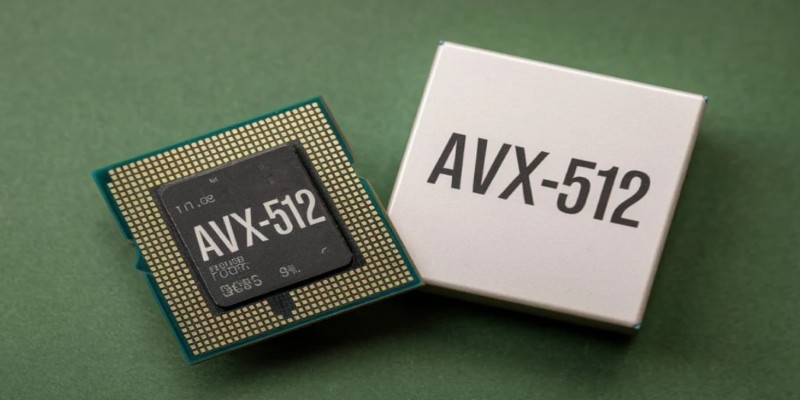
Let’s look at how this works in practice. Say you’re using an embedding model like intfloat/e5-small-v2, one of the most popular for retrieval tasks. You can load this model through Optimum Intel, export it to ONNX, and then quantize it to INT8 format. Quantization reduces the model’s memory usage and speeds up inference, all while keeping accuracy stable for retrieval scenarios.
Then, you compile the quantized model with OpenVINO, which generates a runtime optimized for Intel’s CPUs. The compiled model is now ready to be used in a fastRAG pipeline. You don’t need to spin up a separate vector database or manage GPU servers. Just load the embedding model, vectorize your corpus, and store it in memory using tools like FAISS or even DuckDB with ANN extensions.
This setup not only runs smoothly but also supports scaling. You can batch-process documents in parallel threads, take advantage of CPU cores, and deploy the pipeline in places where GPUs aren't available—like low-cost virtual machines or on-prem servers.
The strength of fastRAG is that it keeps things simple. Its design avoids unnecessary complexity. You bring your embedding model, your retriever, and your generator—all in one pipeline. That’s it. When paired with CPU-optimized models from Hugging Face Optimum Intel, the performance becomes practical for many production use cases.
Here's what this looks like in a basic workflow. First, you load a quantized embedding model using Optimum Intel. This model takes in a query or document and outputs a vector. You use this to build a local index—either in memory or stored on disk.
Next, when a user sends a question, you generate its embedding and retrieve similar documents based on vector similarity. fastRAG allows you to use these retrieved chunks directly with your language model to answer the query. The entire loop—from embedding to retrieval to response—can run efficiently on a CPU server.
And the best part is, you don’t lose much in terms of quality. Retrieval accuracy holds up well even with quantized models. fastRAG’s design also minimizes data movement and avoids calling out to external services. Everything runs locally, making it easier to control latency and reduce operating costs.
For applications where real-time answers are crucial—such as customer support, internal search tools, or educational bots—this approach strikes a strong balance between speed and simplicity. You can build fast, responsive systems without over-engineering the backend.
One of the main drivers behind this shift to CPU-optimized embeddings is cost. GPUs are expensive and often overkill for simple retrieval tasks. Many real-world queries don’t need 20-billion-parameter models to give a good answer. A smaller, well-optimized setup can respond just as well for much less money.
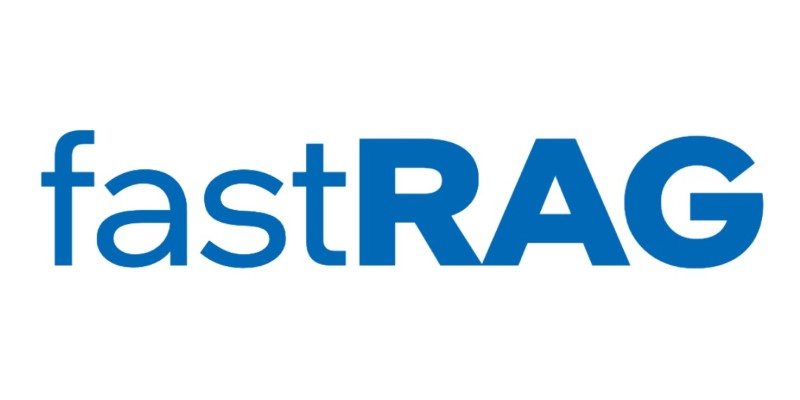
fastRAG paired with Optimum Intel fits into this need for minimal infrastructure. You can deploy on a single Intel Xeon server or even inside containers running on general-purpose cloud machines. It’s ideal for startups, internal tools, or situations where GPU availability is limited.
You also get more flexibility. Embedding pipelines aren’t locked into rigid setups. You can experiment with different models, update the vector index on the fly, or run multiple retrieval strategies. Optimum Intel supports a range of architectures, from BERT-style models to sentence transformers, and continues to grow. This means you’re not tied to one stack or vendor.
These improvements open up space for a wider range of AI applications, such as legal search tools, medical knowledge bases, or company intranets powered by private documents. All can benefit from fast retrieval and natural language answers without needing to scale a massive GPU infrastructure.
People often think that heavy hardware is needed for embedding and retrieval, but that's no longer the case. With Hugging Face Optimum Intel and fastRAG, you can run fast, efficient RAG pipelines entirely on CPUs. The models are compact, the setup is simple, and the performance holds up well. It’s not just cost-effective—it gives you more flexibility and control. CPU-optimized embeddings now offer a smart, practical alternative to GPU-heavy solutions.
Advertisement

Explore the real pros and cons of using ChatGPT for creative writing. Learn how this AI writing assistant helps generate ideas, draft content, and more—while also understanding its creative limits
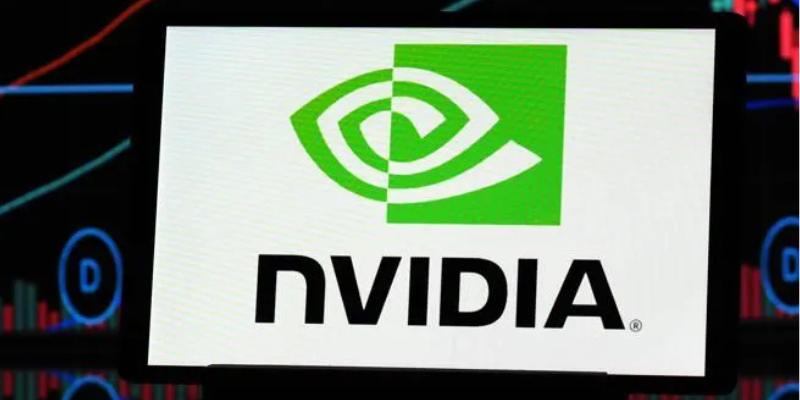
Discover how Nvidia continues to lead global AI chip innovation despite rising tariffs and international trade pressures.
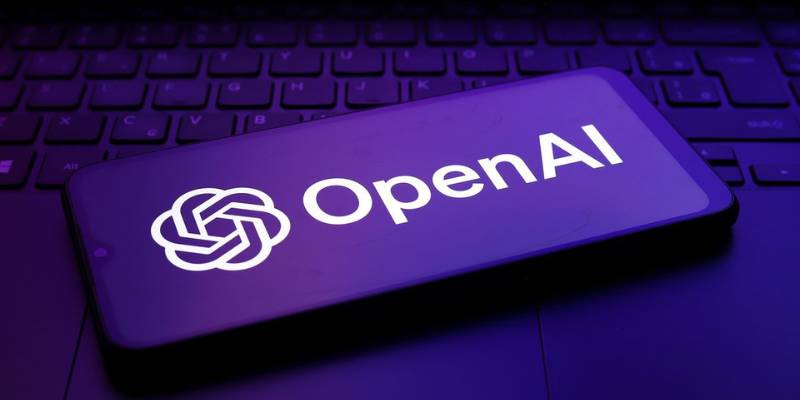
Discover OpenAI's key features, benefits, applications, and use cases for businesses to boost productivity and innovation.

How to use permutation and combination in Python to solve real-world problems with simple, practical examples. Explore the built-in tools and apply them in coding without complex math

Curious about Vicuna vs Alpaca? This guide compares two open-source LLMs to help you choose the better fit for chat applications, instruction tasks, and real-world use

IBM AI agents boost efficiency and customer service by automating tasks and delivering fast, accurate support.

Gemma 3 mirrors DSLMs in offering higher value than LLMs by being faster, smaller, and more deployment-ready
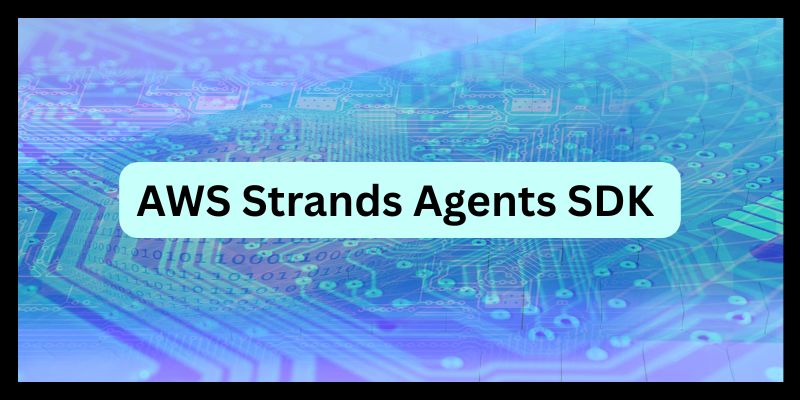
Learn how AWS Strands enables smart logistics, automation, and much more through AI agents.
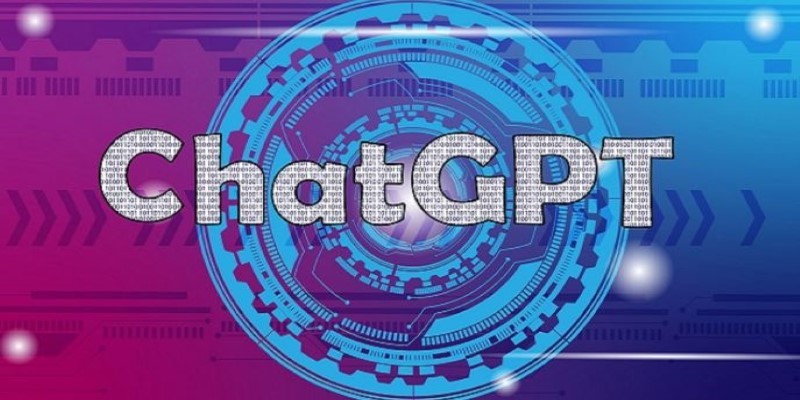
Compare ChatGPT vs. HuggingChat to find out which AI chatbot works better for writing, coding, privacy, and hands-on control. Learn which one fits your real-world use

Hugging Face enters the world of open-source robotics by acquiring Pollen Robotics. This move brings AI-powered physical machines like Reachy into its developer-driven platform

How indentation in Python works through simple code examples. This guide explains the structure, spacing, and Python indentation rules every beginner should know

Looking for the best cloud GPU providers for 2025? Compare pricing, hardware, and ease of use from trusted names in GPU cloud services